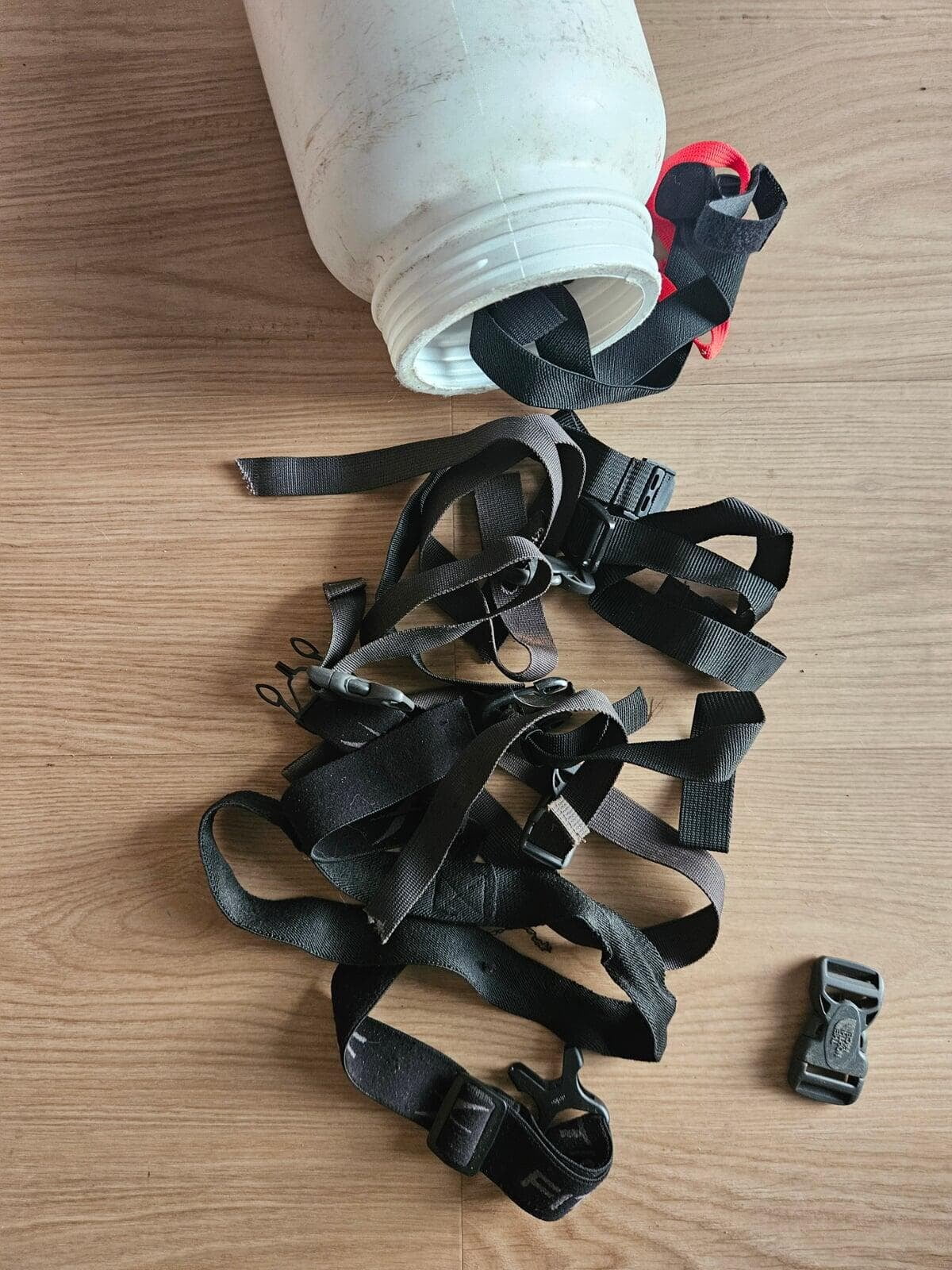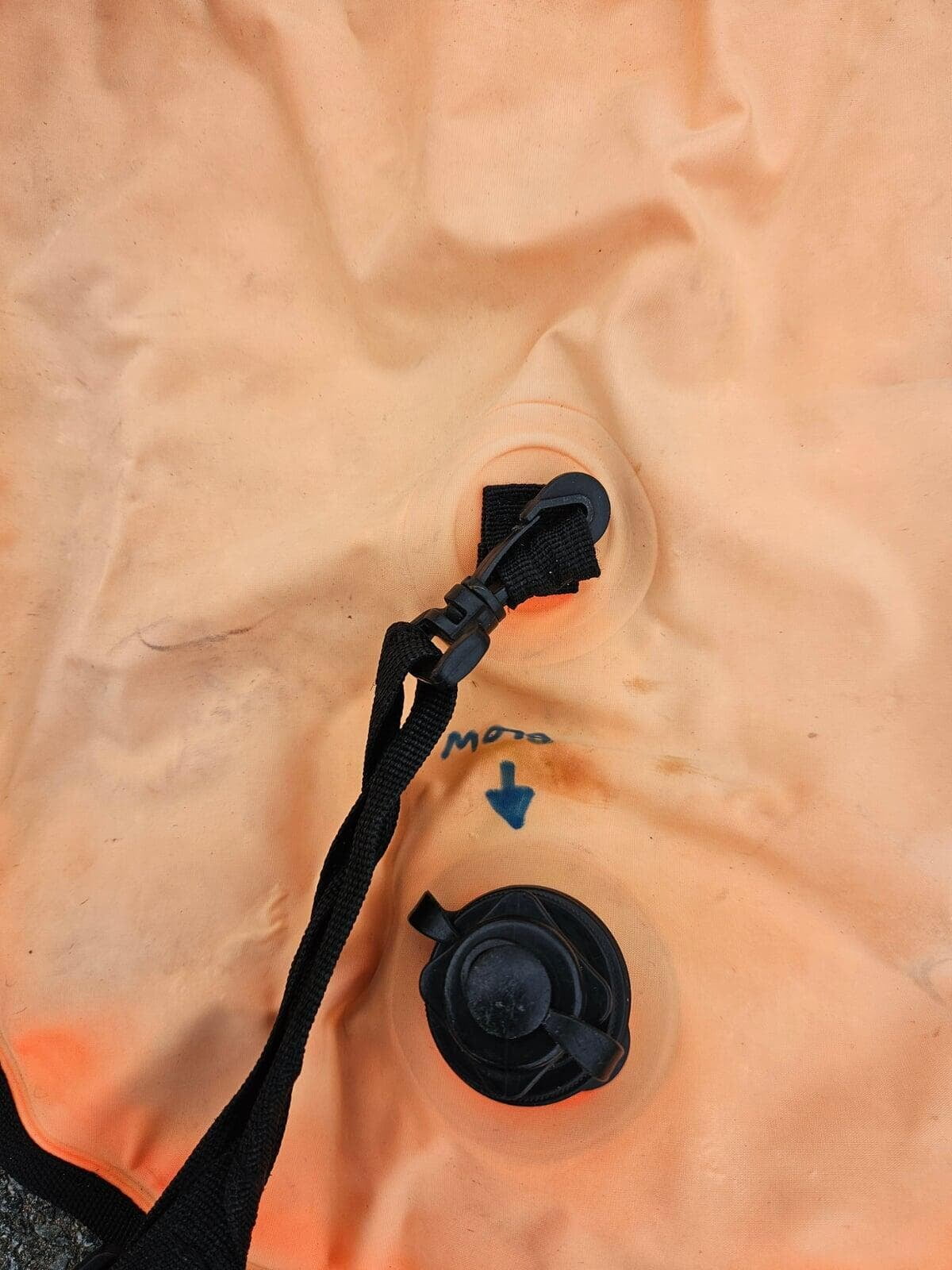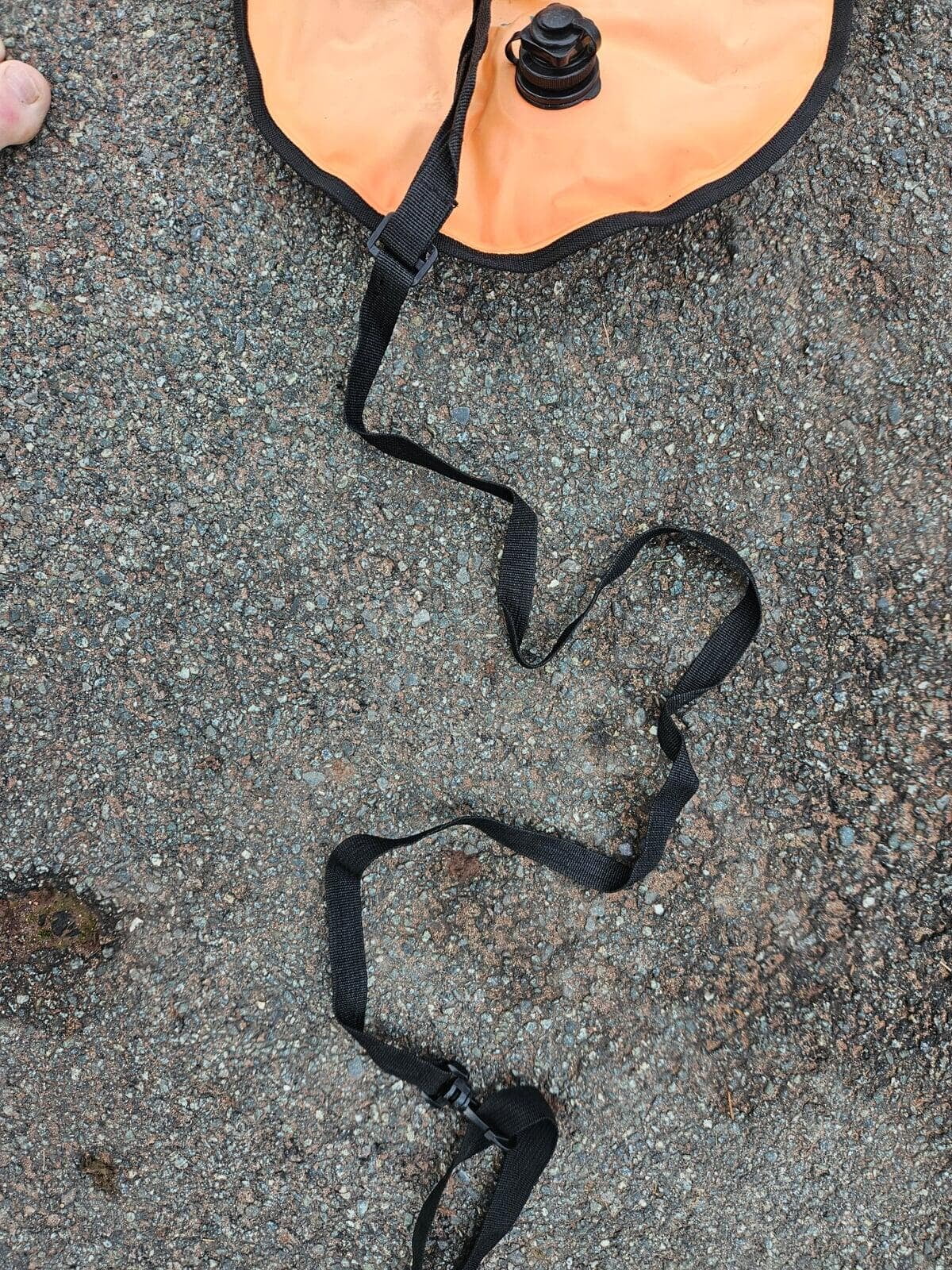How to extend the tether on your swim float
Many people say to me during our open water swimming coaching sessions that the tow float they use always gets snagged in their arms when they're swimming and it becomes really annoying and in some cases a major hindrance; especially when the wind blows from behind - the float acts like a sail and gets blown right into your arms on every stroke.
The issue is made worse because unfortunately manufacturers of these tow floats make the attachment tether as short as possible to save money in the manufacturing. I think if they made it a minimum of 30 centimeters longer it would solve the problem but hey, I don't manufacture swim tow floats!
How can you fix this?
There's no single 'right' answer. Ask 100 swimmers, you will get 100 answers!
But I have found over the years that extending the tether that comes with the float is the best option (for me).
I have not seen 'tow float tether extensions' specifically for sale, but it's easy to remedy if you're not too bothered about a perfect looking tether line or matching colours.
Over the years I have collected numerous lengths of webbing straps from old sports bags or broken swim tow floats just for this type of problem. Also, army navy surplus stores always sell 'webbing straps', which are also perfect.

When I get a new swim tow float I always extend the tether by approximately two feet so the float sits just past the end of my feet when I'm swimming, rather than in the small of my back getting snagged in my arms on every stroke.
To extend the float tether line you'll need to detach it from the float and then simply cut a two-foot length of webbing and then attach that to extend the tether.
As an open water swim coach I also like this method because it allows me to grab my float and toss it to my student if I ever need to and this is impossible with a regular float so a single use swim tow float becomes a multi-purpose tool that I can use in emergency situations.
It also means you can bring the tow float around to your front and put your arms over it comfortably and rest. Or, if your float is the bladder variety and has an airspace in between the inflatable bladders then you can keep spare goggles or whatever you like in there and extending the tether allows you to bring it to your front and get inside.
In this example an old shoulder strap from a sports bag has a clip on the end which can be clipped to a swim tow float attachment point...

The discarded strap made an excellent tether extension as it came with the couple of plastic clips on each end - the other end of the strap clips to my waist belt - no need to cut any webbing. Job done - the tow float tether has been extended by about two feet. This is my own personal swim tow float (and toe, sorry!) and it works perfectly... for me. Find out what works for you...

TIP:
If you do need to cut nylon webbing, use sharp heavy duty scissors and then a lighter afterwards to melt the cut edges. This will stop it fraying and it will last years.
Conclusion
I like my kit to be multi purpose - if one item can do several things, it means I need to carry/clean/maintain fewer items.
So again, by extending the tether line on a swim town float a simple one-use-item becomes much more.
This method might not suit everyone's tastes but I like it and it suits my needs as an open water swim coach/coastal swimming guide.
I also like to be able to 'feel' the float now and again with my toes, so I know it's there and have peace of mind, but I appreciate some people may find a float near the toes annoying too!
Tip: experiment with the tether length and get it just right - You don't want the float floating above your heels because this will become annoying as you kick it every single time so extend it just right and have it floating just past your toes.
I have found that keeping the tether extended means the float is out of your way and the tether line does not get tangled in your legs either as nylon webbing is very light and tends to float. If you extend it too long though, and if you have any buckles/knots midway, then I think the tether line would sink and get tangled in your feet.
Conclusion: experimentation is key, find what works for you!
